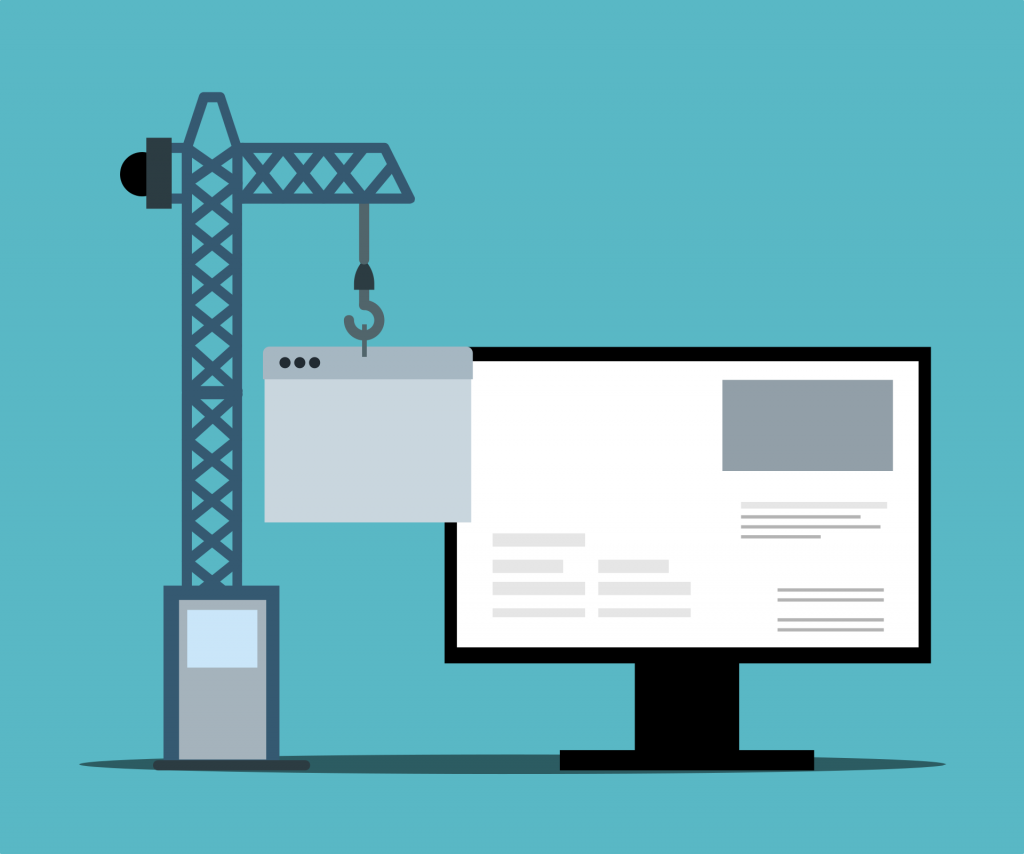
Website structure is one of the most important elements in the work of web designers. The first thing programmers work on when creating a new website is its structure, namely the number of pages, their appearance, and linking together the internal parts of the resource. The convenience of a website and even the perception of a resource by search engines directly depend on how well its structure is worked out. Inconvenient websites repel users and make it difficult for them to find the information they need. Let us look at the key points of designing the structure of web pages.
Moments that Define the Structure of a Website
The success of a website largely depends on how well thought out and elaborated its structure is.It affects the behavior of users, their perception of the resource, and helps them quickly find the sections, products, and information that they need.Websites created by amateurs are easily distinguished by a complete lack of logical structure. A good example of this is the websites of various educational institutions hastily created by students of universities or even schools. Each user can easily get lost like a baby in the woods, trying to find the information they need there.
There are several key points that determine the structure of a future website, they include:
- Websites for trade, education, communication, or video hosting will be different from those intended for other purposes.There is a reason why popular website developers offer standard template designs for different cases.
- Target audience. If a website contains specialized information for programmers, then it can be complicated. If a website is about fishing and sells fishing lines and hooks to users, then it should be as simple as possible.
- Websites with products, news, videos, and text have different structures. Each type of information should be presented in a special way since users perceive them differently.
There are many other things that can affectdevelopment. The more factors you take into account when planning, the better.

Existing Website Structures
The main types of web portal structure include:
- Hierarchical structure. This type is similar to a tree, where one element branches out into others down the hierarchy. Usually, it looks like this: home page – categories of the website – product or service cards.
- Tagged structure. This is a more complex system, where pages are divided not only by their functionality or category but also by tags or special words that allow users to navigate the website.
- Alphabetical organization of pages. All pages in this system are divided into sections that begin with a certain letter of the alphabet by the first word of the article, the term that the user is looking for, the address, and so on.
Websites can also be structured chronologically, geographically, and thematically, depending on their content.
External and Internal Logical Structures
The internal structure of a website is a system of links between individual pages, the so-called internal linking.The perception of web pages by search engines and users directly depends on how well the pages are interconnected and how many points of connection they have.
The external structure is something like a navigation scheme that search engines and users see when accessing a website. It is less important, but still plays a special role and attracts users.
When creating a website, specialists take into account a wide variety of other details that allow them to make the structure of their website simpler and more convenient.




